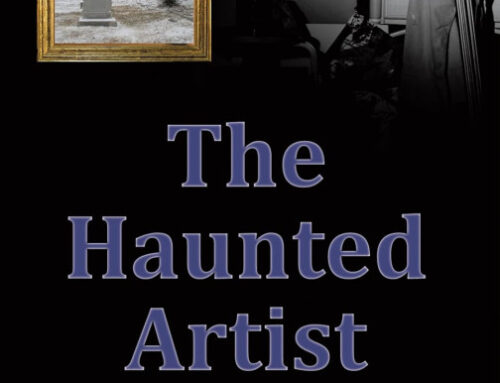 The cover blurb on this novel says, “…one of the most interesting and well-written books I’ve read in sometime [sic] – Sort of like The Da Vinci Code and just as disturbing. A ‘must read’ for anyone…” – Kaye Trout’s Book Reviews. Despite the typo in the blurb – which is unfortunate and the sloppiest thing in the book (check those blurbs, writers!) – the description of The First Atheist by Eric Polfliet is accurate. The novel does for Hinduism what The Da Vinci Code did for Christianity.
The cover blurb on this novel says, “…one of the most interesting and well-written books I’ve read in sometime [sic] – Sort of like The Da Vinci Code and just as disturbing. A ‘must read’ for anyone…” – Kaye Trout’s Book Reviews. Despite the typo in the blurb – which is unfortunate and the sloppiest thing in the book (check those blurbs, writers!) – the description of The First Atheist by Eric Polfliet is accurate. The novel does for Hinduism what The Da Vinci Code did for Christianity.
First off, it should be said that this is not really a Dan Brown-style novel, so don’t be expecting a “National Treasure” type of knock-off. Where the two novels share ground is that they are both based very much on non-fiction sources. One of Dan Brown’s talents is the ability to interject long diatribes on the origins of Christianity and still make the story flow along. The movie version of The Da Vinci Code reveals just how ludicrous it is to be sitting down for a chat about Mary Magdalene while you’re being chased by a deranged albino.
The First Athiest follows a similar model, where the plot of the novel is merely a method to talk about Indian and Hindu history. In the novel, the protagonist’s girlfriend, a rebel who dislikes the Indian caste system and goes toe to toe with a Brahman professor, is found murdered. In uncovering his relationship with his girlfriend and her murder, Eric Polfliet explores the history of Charvaka, Hinduism’s first rebel. From the back of the book,
Charvaka was the First Atheist – a man who preached the doctrine of eat, drink, and be merry in response to suppression and controls imposed by those in charge. He recognizes religion, but sees that it is no more than an instruments in the hands of the powers that be, used to forward their on agenda.
I have to confess that I am no authority on the history of Hinduism and Indian culture. I do know that conventional wisdom states that Jesus was never married and fathered a child, so that anything that claims otherwise is indeed controversial, and even blasphemous. But that is what makes this novel so interesting. You will learn about how and why the Indian caste system was set up. Though people may be led to believe that Eastern religions are more open and liberal, this is in fact not the case. There is rigidity in all sectors of fundamentalism.
Herein lies the main problem with this novel: there is far too much exposition. There will be several chapters in a row with long streams of dialog from different characters, which is really just a cloaked form of non-fiction writing. It’s highly interesting and informative, but as a novel it might have been more effective if there was a little more emphasis on the mystery in addition to the history.
That said, this novel is fascinating, plain and simple. It might not work so effectively as a mystery novel, but as a study into the origins of Hinduism and on fundamentalism in general, it is highly enjoyable and important reading. You don’t necessarily have to know a thing about Hinduism to understand that people born into a certain caste shouldn’t necessarily be the ones in power. In this sense, it is a revolutionary and rebellious book, showing how religion has exerted power over people, rather giving people increased power in their daily lives. Recommended for the exploration of this idea alone, in addition to the fact that I learned a great deal about Indian history, while being part of a book that manages to remain a “good read.”
Released by: Llumina Press, 2006
Get an Editorial Review | Get Amazon Sales & Reviews | Get Edited | Get Beta Readers | Enter the SPR Book Awards | Other Marketing Services






















Leave A Comment